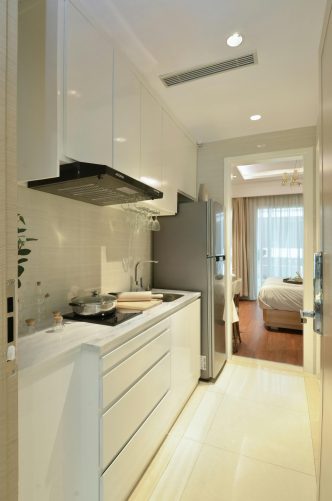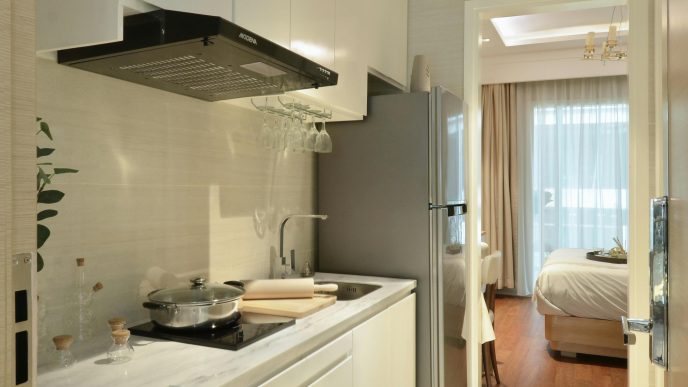Colors have a powerful influence on our emotions, energy, and the way we experience a space. Choosing the right palette for your home isn’t just about aesthetics—it can shape how comfortable, productive, or inspired you feel. Every color carries its own energy, making it important to pick shades that match your lifestyle and needs.
Warm Tones: Energy and Enthusiasm
Warm colors like red, orange, and yellow are associated with energy, warmth, and excitement. Red is bold and passionate, ideal for dining rooms where it encourages appetite and conversation, but it may be too stimulating for a bedroom. Orange brings cheerfulness and creativity, while yellow radiates happiness and optimism, making it perfect for kitchens or children’s rooms. Use bright warm tones sparingly, as too much can be visually overwhelming.
Cool Tones: Calm and Relaxation
Cool colors such as blue, green, and purple create a sense of calm. Blue is known for its soothing effect, making it suitable for bedrooms or home offices. Green, symbolizing nature and renewal, promotes balance and freshness—ideal for living rooms or bathrooms. Light shades of purple, like lavender, evoke luxury and spirituality, while deeper purples add sophistication and mystery.
Neutral Tones: Versatility and Balance
Neutral shades like white, gray, and beige provide a flexible foundation for decorating. White walls paired with vibrant accents can energize a room, while gray adds modern elegance and stability. Beige offers warmth and comfort, blending seamlessly with various interior styles. Neutral colors also make rooms feel more spacious and bright, perfect for versatile living areas.
Earthy Tones: Warmth and Natural Energy
Earthy shades such as brown, terracotta, and olive green bring warmth and a sense of connection to nature. They create a cozy, calming atmosphere, ideal for living rooms, dining areas, or home offices. Pairing earthy colors with natural materials like wood and stone enhances this feeling of harmony.
Choosing Colors by Room Function
When selecting colors, consider each room’s purpose. Light shades open up smaller spaces, while darker tones add intimacy and warmth. Mixing contrasting colors can create energy, but maintaining balance is key to avoid a cluttered look.
The Emotional Impact of Color
Colors influence more than just how a space looks—they affect how we feel. Thoughtful color choices can help you create a home that feels comfortable, inspiring, and perfectly in tune with your personality. By combining shades that suit your lifestyle, you can craft a space that’s both visually appealing and emotionally fulfilling.
Photos:Freepik
















